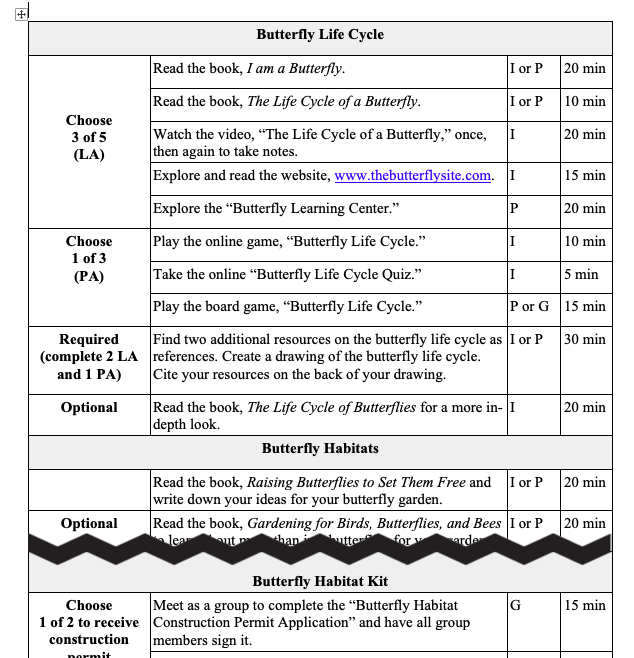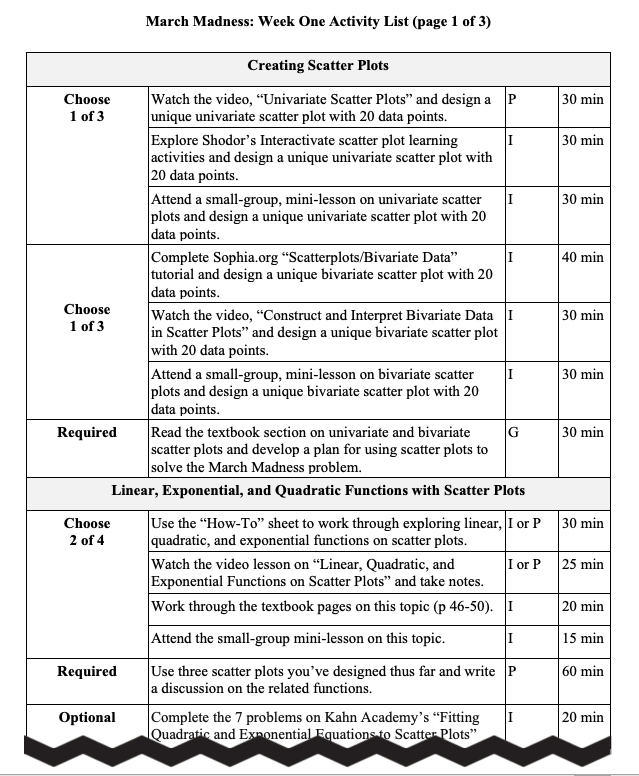My relationship with technology began in the seventies, when I left teaching to pursue a career in computer science. Armed with a lot of tech skills, I returned to the world of education and was struck by how computers were being introduced in schools. Rather than being woven into the fabric of classroom instruction, they were isolated in labs and courses relegated to the technology experts. Decades later, have we done much better? You’ll read articles today about technology having a negative influence on students and learning. It doesn’t have to be that way.
If you keep focus on the instructional goal and view technology as a catalyst, lever, and megaphone, technology can play a key role in advancing student achievement.
Catalyst! Use technology to create a “felt need” to learn. If you are teaching about oceans, ecosystems, informational text, and/or argumentative text, use a problem-based task, such as “How to Shrink the World’s Largest Landfill.” Students use the internet to search for real-time information, which motivates them to delve into curricular content. If you are teaching about the Pythagorean Theorem and Metcalfe’s Theory, use “More Friends Good; Fewer Friends Bad?” If you’re looking to build an inclusive community of learners, a PBL like “Telling Our Story” has students researching and depicting their cultural heritage. Technology can fuel students’ interest in content, building excitement about curriculum.
Lever! You can’t learn well if you don’t have access to appropriate resources! Differentiation is more important now in classrooms than ever before, as the student population grows more diverse in learning needs. Technology can provide a wealth of appropriate learning opportunities. Consider the learning activities on the activity lists below.


Technology addresses all learning styles and intelligences. Teachers can identify and develop screencasts, how-to direction sheets, and technology-based learning activities. Developing purposeful activity lists, keeping in mind the hierarchy of technology uses, uses technology as a lever for student achievement.
Megaphone! A big part of creating solutions to problems is the advocacy stage — letting others know! Technology is a powerful tool for designing presentations, posting opinions, and making your voice heard.
Start with the curriculum; then decide how technology can be used as a catalyst, lever, and megaphone to advance student learning!
